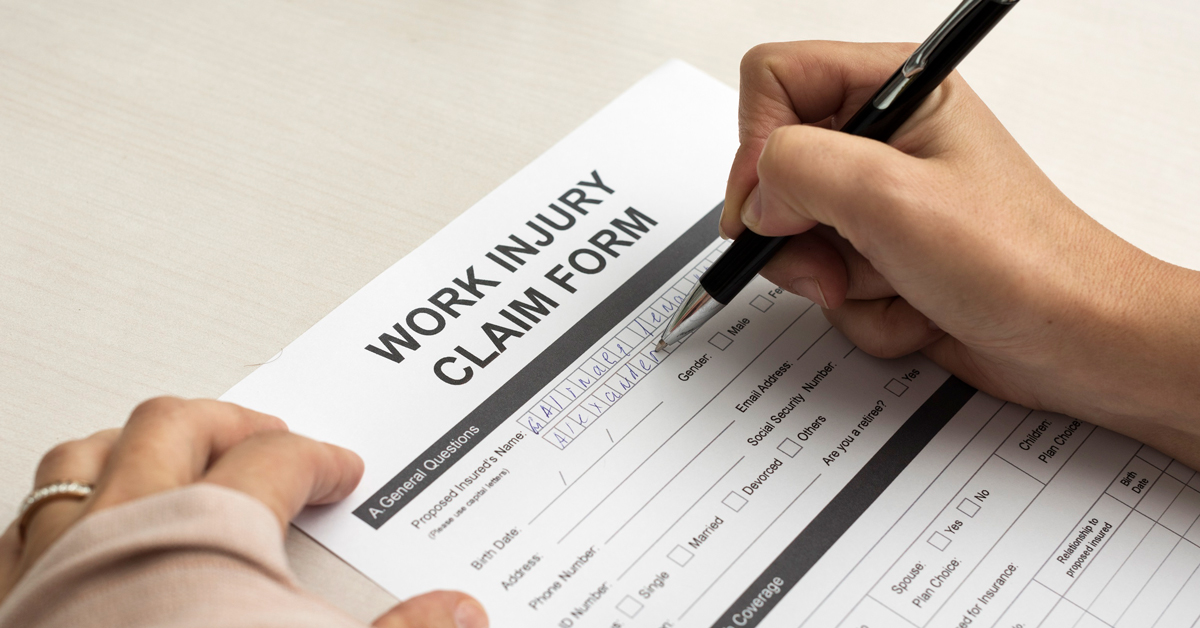Have you suffered a wage loss as a result of accident or work injury?
Our workers comp lawyers here at our Doylestown and Norristown law offices work together to coordinate a strategy to file for a compensation claim and maximize any disability benefits available to someone who has suffered a sudden or unexpected loss of income due to illness or work injury.
There are a number of potential sources for disability or wage benefits, depending on the cause of the disability and the personal circumstances of the individual. (See, When Unexpected income Loss Strikes Home: What Are Your Options?, December 6, 2017). A client needs to be advised which benefits are appropriate. Then, those benefits need to be coordinated with any additional benefits available.
This article focuses on compensation claims and benefits. We will discuss what benefits are available through the Pennsylvania Workers’ Compensation system, how to get those benefits, and how those benefits are affected by other available disability benefits.
The Pennsylvania Workers’ Compensation Act provides payment of wage replacement benefits, specific loss benefits, and payment of reasonable and necessary medical treatment related to an individual’s work related injury. Wage replacement benefits are based on two thirds of a worker’s “average weekly wage”. The 2018 maximum weekly workers’ compensation wage loss benefit is $1,025.00. The wage loss benefit is paid when a worker is temporarily totally disabled. A reduced benefit may be paid if the worker is partially disabled. Additional benefits may be paid, regardless of wage loss, if the worker has suffered a specific loss, like a scar or an amputation. Any of these benefits, or benefit claims, may be settled for a negotiated lump sum under the Compromise and Release process.
The employer’s obligation to pay workers’ compensation benefits can arise voluntarily or through litigation. If the employer voluntarily pays, it will issue a document, usually a Notice of Compensation Payable, describing the nature of the injury and documenting the amount of weekly compensation to be paid. If the employer does not voluntarily pay, then the injured worker must file a petition to be heard by a Workers’ Compensation Judge.
When the employer does not voluntarily pay workers’ compensation benefits, the injured worker is often out of work, without pay. The workers’ compensation litigation process can take up to a year. So, frequently, an injured worker may apply for Unemployment Compensation, or Short Term and Long Term Disability, and in some cases Social Security Disability.
A complete discussion of each of these alternative benefits is beyond the scope of this article, but the point to know is that each of those benefits may be available, but will likely offset, or be offset by, the compensation claim and associated benefit.
For instance, if the injured worker is capable of working, but not at her preinjury job, he or she may be eligible for unemployment. The injured worker could collect the unemployment benefits, but then the employer would be entitled to a dollar for dollar offset against any compensation claim and benefits covering the same period.
Similarly, when the employer challenges whether the illness or injury is work related, the employee may apply for and provisionally receive, contractual short term and long term disability benefits. If the illness or work injury is later determined work related, the short term and long term disability benefits may have to be repaid, in whole or in part, depending on the language of the contracts.
In addition, once an injured worker files a compensation claim for short term or long term disability benefits, he or she may be contractually obligated to file for Social Security Disability benefits (SSD). The injured worker may receive both Social Security Disability and Worker’s Compensation benefits at the same time without credit or offset, but when the injured worker reaches full Social Security Retirement age (SSR), the SSD benefits convert to SSR, and the employer then takes credit for 50% of the SSR benefits paid against any workers’ compensation benefits. It may be beneficial to talk with one of our disability lawyers at our Bucks County and Montgomery County law offices for legal advice.
The employer is also entitled to a dollar for dollar credit for Pension and severance benefits, to the extent those benefits are funded by the employer “directly liable for the payment of compensation”.
The standards for being eligible for Social Security Disability, Short Term and Long Term Disability, and Unemployment will be discussed in more detail through other High Swartz Coordination of Benefits articles. The point of this article is to emphasize that an injured worker may be entitled to his or her workers’ compensation benefits, plus other benefits; but those benefits must be coordinated by knowledgeable legal counsel involving a workers comp lawyer or even disability lawyer.
Both our workers comp lawyers and disability lawyers at our legal firm in Doylestown and Norristown have decades of experience handling both employees and employers in Pennsylvania. Our Bucks County and Montgomery County workers’ comp lawyers have knowledge and experience in all facets of workers’ compensation and SSDI issues.
If you are considering filing a compensation claim, or if a compensation claim has been filed against you, please contact Thomas E. Panzer at 215-345-8888 or tpanzer@highswartz.com. Our workers comp lawyers in Bucks County and Montgomery County are here to assist you.
The information above is general: we recommend that you consult a workers comp lawyer or disability lawyer regarding your specific circumstances. The content of this information is not meant to be considered as legal advice or a substitute for legal representation.
